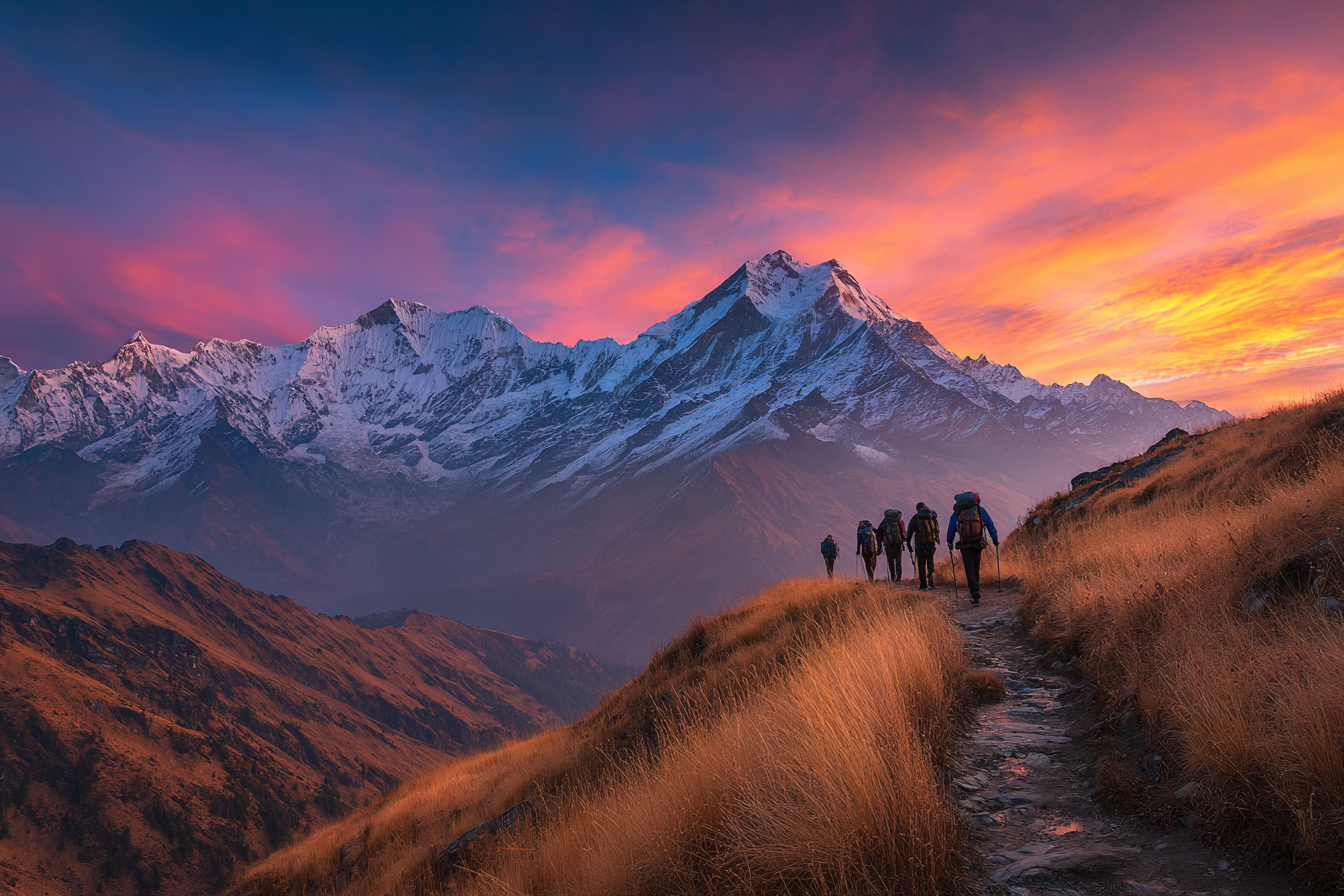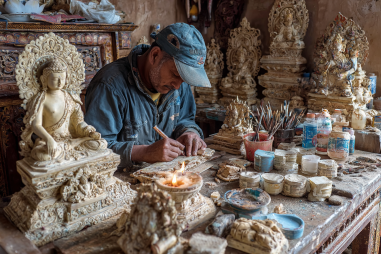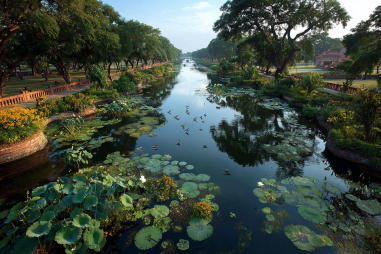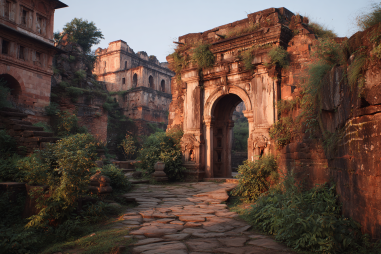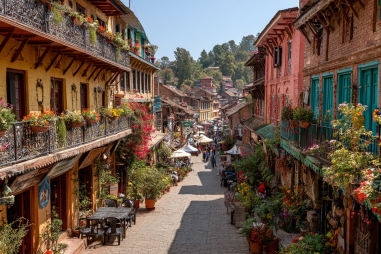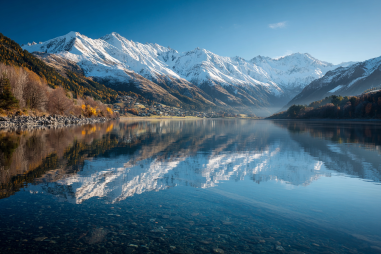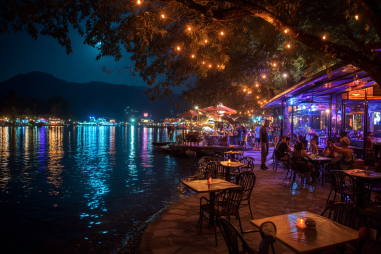The Gorkha region of Nepal offers some of the most stunning and adventurous trekking experiences in the Himalayas. With its rich cultural heritage, breathtaking landscapes, and diverse trekking routes, Gorkha is a paradise for nature lovers and thrill seekers alike. Whether you want to immerse yourself in remote mountain villages, trek through pristine valleys, or challenge yourself on rugged mountain paths, there’s a Gorkha trekking route to match your spirit of adventure. In this article, we’ll guide you through the top trekking options around Gorkha, sharing details on difficulty, duration, best seasons, and tips to prepare for your Himalayan journey.
Overview of Trekking in Gorkha
Gorkha, located in northwestern Nepal, is famed not only for its historical significance as the birthplace of Nepal’s first king but also for its spectacular trekking opportunities. Situated near the Annapurna and Manaslu regions, Gorkha offers trekking routes that are less crowded yet equally captivating. The trails wind through diverse climatic zones—from subtropical forests to alpine meadows—offering trekkers a chance to experience varied flora and fauna. Moreover, the region is a cultural mosaic with ethnic Gurung, Tamang, and Tibetan-influenced communities, giving trekkers an enriching cultural experience alongside nature’s grandeur.
Popular Trekking Routes in Gorkha
Manaslu Circuit Trek
The Manaslu Circuit Trek is one of the most famous and rewarding routes in the Gorkha region. Taking trekkers around the majestic Manaslu mountain (8,163 meters), this trek presents awe-inspiring panoramic views of the Himalayas, including peaks like Himalchuli and Ganesh Himal. The trail passes through diverse landscapes—from dense forests and terraced fields to high-altitude passes such as the challenging Larkya La Pass, sitting at 5,160 meters. Along the way, you’ll visit traditional Sherpa villages and Buddhist monasteries, soaking in the serene atmosphere of Tibetan culture.
Tsum Valley Trek
The Tsum Valley Trek is a hidden gem for those wanting to explore off-the-beaten-path trails. This sacred Himalayan valley is known for its pristine natural beauty and well-preserved ancient Tibetan Buddhist culture. Trekkers walk through lush rhododendron and bamboo forests, small hamlets, and sacred caves. The valley’s isolation means few tourists visit, offering an authentic experience of untouched mountain life. This trek is slightly less strenuous than the Manaslu Circuit but still requires good fitness because of some steep ascents and high-altitude exposure.
Gorkha Trails & Cultural Treks
For those interested in shorter, cultural-focused treks within the Gorkha district, several trails connect historical sites, palaces, and local villages. The Gorkha Durbar (palace) hike is a popular day trek that introduces visitors to the rich history of the Gorkha Kingdom and breathtaking views over the hills and rivers below. Other village circuits allow for close interactions with Gurung communities, showcasing traditional lifestyles, handicrafts, and festivals.
Difficulty and Duration of Each Trek
The duration and difficulty of these popular treks vary widely, so it’s important to choose based on your trekking experience and physical fitness.
- Manaslu Circuit Trek: This trek is challenging due to its length (typically 14-18 days) and the high-altitude Larkya La Pass. It requires good stamina and prior trekking experience.
- Tsum Valley Trek: Moderate in difficulty, usually 10-14 days. The trail involves some steep ascents, but overall it’s a great option for intermediate trekkers.
- Gorkha Cultural and Short Trails: These vary from easy to moderate, with durations from half a day to 3-4 days. Perfect for those seeking cultural immersion without extreme physical challenge.
Best Season for Trekking in Gorkha
The best time to embark on Gorkha treks is during the pre-monsoon (spring) and post-monsoon (autumn) seasons. March to May offers blooming rhododendrons, mild temperatures, and clear skies. September to November is considered the peak trekking season with stable weather, fantastic mountain visibility, and cooler temperatures. Winter months (December to February) are colder, but some trekkers enjoy the quieter trails and snow-dusted landscapes, particularly on lower elevation routes. Monsoon season (June to August) brings heavy rainfall and slippery trails, making trekking more difficult and risky, so it’s generally avoided.
Gear and Preparation Tips
Preparing well for trekking in Gorkha ensures a safer and more enjoyable experience. Here are some essential tips:
- Clothing: Pack layers to accommodate temperature changes—thermal base layers, fleece jackets, waterproof outer layers, and trekking pants. A warm hat and gloves are essential for high-altitude areas.
- Footwear: Invest in sturdy, waterproof trekking boots with good ankle support.
- Backpack: Choose a comfortable, well-fitted trekking backpack with enough capacity for daily essentials.
- Accessories: Trekking poles, sun protection (sunglasses, sunscreen), headlamp, and a reusable water bottle or hydration system.
- Health: Undertake cardio exercises and hikes before your trip to build stamina. Carry a basic first-aid kit and any personal medications.
Accommodation and Food Options Along the Routes
Trekking in Gorkha offers a variety of accommodation styles, primarily teahouses and lodges run by local families. These provide basic but comfortable rooms with simple bedding. You can expect communal dining areas where local and Tibetan-influenced cuisine is served. Dal bhat (lentil soup with rice) is the staple meal and provides the energy needed for trekking. Along the Manaslu and Tsum Valley routes, teahouses offer hearty soups, noodles, and Tibetan momos (dumplings). It’s advisable to carry some snacks and hydration solutions, as options become limited at higher altitude or more remote segments.
Safety Considerations and Permits
Trekking in Gorkha requires some important safety and administrative steps to ensure a smooth journey. Since many routes pass through restricted or conservation areas, permits are mandatory:
- Manaslu Restricted Area Permit: Needed for the Manaslu Circuit; obtained in Kathmandu or Arughat.
- Annapurna Conservation Area Permit (ACAP): Required for some Gorkha trails that cross into the Annapurna region.
- Tsum Valley Permit: Required due to the area’s special cultural and environmental status.
Health-wise, altitude sickness is a concern on high passes like Larkya La. Trekkers should acclimatize properly, stay hydrated, and avoid rushing. Hiring a trained local guide or porter is recommended for navigation and support. Carrying a satellite phone or having a local SIM card for emergencies is also wise.
Local Culture Encountered on Treks
One of the richest aspects of trekking in Gorkha is the opportunity to interact with local communities. The Gurung people, known for their warm hospitality and rich traditions, inhabit many villages. You may witness traditional dances, festivals, and crafts such as weaving and wood carving. In the Tsum Valley, strong Tibetan Buddhist influence shapes the daily life and spirituality, reflected in ancient monasteries, prayer flags, and meditation caves. Engaging respectfully with locals provides deeper insight into Himalayan culture and lasting memories from your adventure.
Planning Your Gorkha Trekking Adventure
Choosing your ideal Gorkha trekking route depends on your interests, time available, and fitness level. Whether you’re aiming for the challenging and rewarding Manaslu Circuit, the serene and spiritual Tsum Valley, or shorter cultural trails around Gorkha town, preparation is key. Research the required permits, arrange gear, plan for weather and altitude, and consider hiring local guides to enrich your experience. The scenic landscapes, friendly communities, and the thrill of the Himalayan wilderness await you on these remarkable Gorkha trekking routes.

